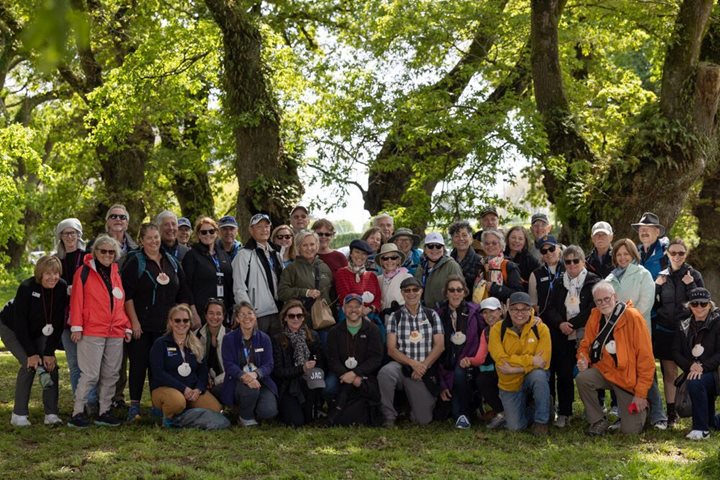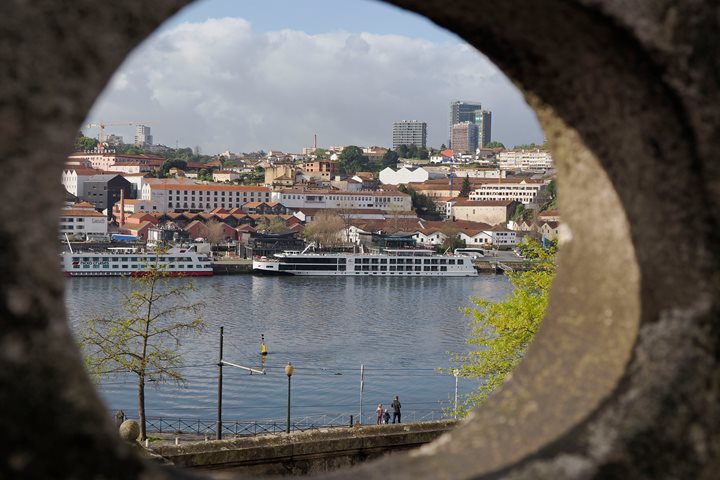We arrived in another autonomous region of Spain this morning, Vilagarcía de Arousa living up to its reputation for some of the highest rainfall in the Iberian Peninsula. This is, therefore, a green country with mild temperatures which produces excellent agricultural produce as well a local white wine. The area is probably most famous for its seafood, notably mussels and scallops. The coastline is indented with a type of geomorphology that takes its name from the local Galician language. Rias are sunken valleys where the land has subsided allowing the ingress of sea water. This provides numerous well sheltered harbors but also ideal conditions for mussels and clams which are now commercially farmed. One of our excursions witnessed this marine production in a glass-bottomed boat before a delicious tasting session.
The scallop shell is emblematic here as a symbol of the pilgrimage to Santiago de Compostela, the third most important pilgrimage site in Christendom after Jerusalem and Rome. St. James the Apostle reputedly traveled on mission to Spain, and after dying back home in Jerusalem his body was returned to the mission field. His relics are the object of pilgrimage in the great cathedral that bears his name high inland in Galicia. A vision of St. James inspired the Reconquista, the mediaeval movement that culminated in the expulsion of the Moors and Jews from Spain in 1492 under the catholic monarchs, King Ferdinand and Queen Isabella. A popular image of St. James shows the saint on a white charger slaying a Moor, a thoroughly anachronistic and hardly politically correct image today. The image is known as Santiago Matamoros, St. James the Slayer of the Moors. Those of us who visited the cathedral city were also treated to a tour of the Cathedral Museum that has a room displaying tapestries designed by Francisco de Goya. Some of us did a short section of the pilgrim route, the Camino, before returning to the ship, staffs in hand and with scallop shell badges.









